While spiders often evoke fear or discomfort, the natural world harbors an astonishing variety of arachnids adorned with spectacular colors that rival the most vibrant butterflies or tropical birds. These eight-legged marvels sport hues across the entire rainbow spectrum—from electric blues and fiery reds to mesmerizing patterns that combine multiple vibrant colors. Their dazzling appearances serve critical evolutionary purposes beyond mere decoration, playing essential roles in survival, reproduction, and adaptation to specific environments. Join us on an exploration of the world’s most colorful spiders, where we’ll uncover not just their stunning appearances but also the fascinating biological and evolutionary reasons behind their eye-catching displays.
Peacock Spiders: Nature’s Tiny Performers
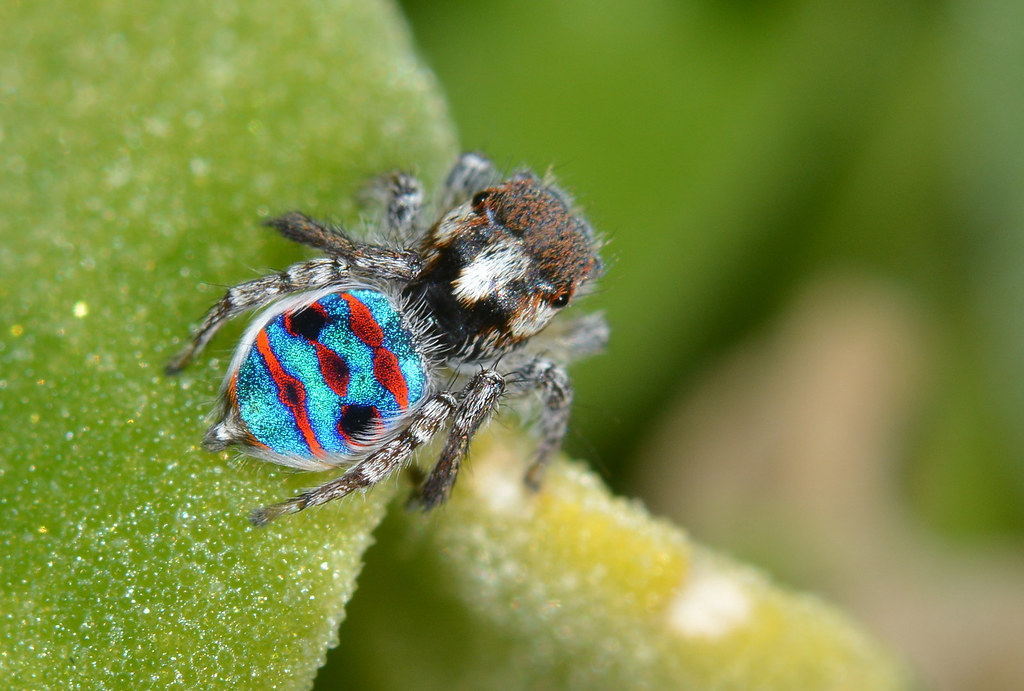
Peacock spiders (Maratus genus) represent some of Australia’s most extraordinary arachnids, with males displaying fan-like abdominal flaps adorned with electric blues, reds, and iridescent patterns that shimmer in the sunlight. These diminutive performers, typically measuring just 4-5mm, use their vibrant colors during elaborate courtship dances, where they raise their decorated abdomens and wave specialized legs to captivate potential mates. Scientists have identified over 90 species of peacock spiders, each with unique patterns and color combinations that help females identify suitable partners from their own species. Their displays showcase one of nature’s most remarkable examples of sexual selection, where the most colorful males typically win the opportunity to mate—proving that even in the spider world, presentation matters tremendously.
The Evolutionary Purpose Behind Spider Coloration

Spider coloration serves multiple crucial evolutionary functions beyond aesthetic beauty, with different species evolving specific color patterns to address particular survival challenges. For many spiders, bright colors function as warning signals (aposematism) to potential predators, advertising toxicity or bad taste—a biological equivalent of “proceed with caution” signage. Other species employ colors for camouflage, either blending perfectly with their surroundings or breaking up their outlines through disruptive coloration that makes them harder to recognize. Certain spiders use their vibrant appearances specifically for sexual selection, where color becomes a crucial factor in mate choice and species recognition. Understanding these evolutionary strategies helps explain why some spiders evolved to be spectacularly colorful while others remained cryptically colored—each represents an adaptive solution to specific environmental pressures.
The Magnificent Jewel Spider
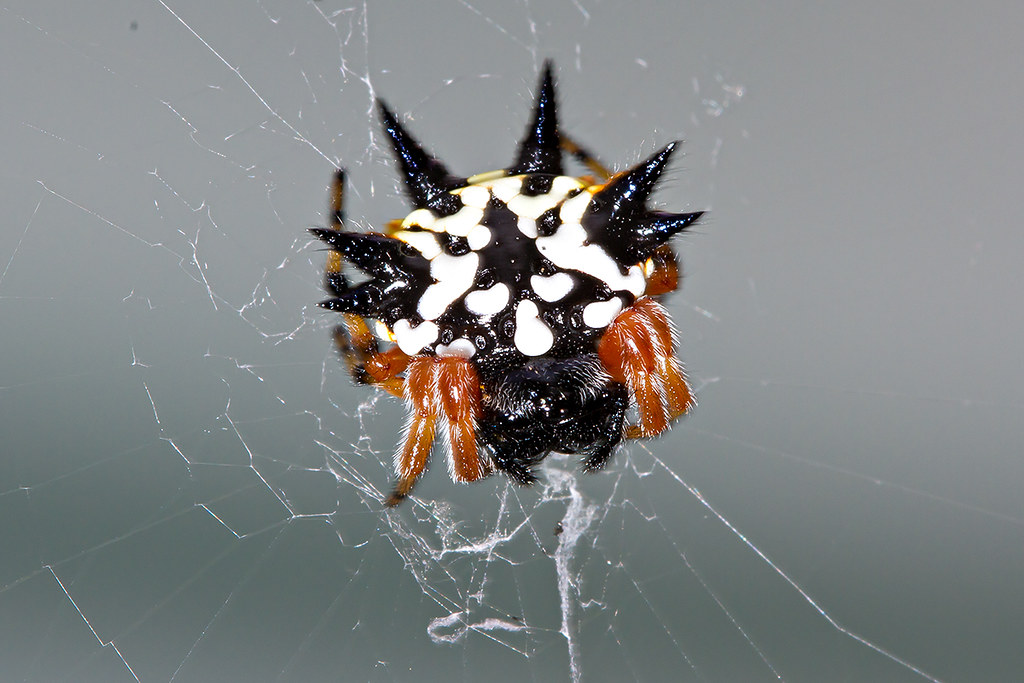
The Jewel Spider (Austracantha minax), also known as the Christmas Spider, stands out with its distinctive abdomen that resembles a polished gemstone adorned with sharp spines. These Australian natives display a remarkable palette of colors, including vibrant yellows, whites, and blacks arranged in geometric patterns that create a jewel-like appearance in sunlight. Their metallic sheen comes from specialized structures in their exoskeleton that reflect and refract light, creating an almost artificial-looking brilliance that dazzles observers. Reaching only about 1cm in size, these spiders construct intricate orb webs in open, sunny locations where their colors serve as visual warnings to potential predators about their unpalatable taste. Their populations often peak around Christmas in the southern hemisphere, explaining their festive nickname and making them seasonal celebrities in Australian gardens.
Joro Spiders: Golden Giants from Asia
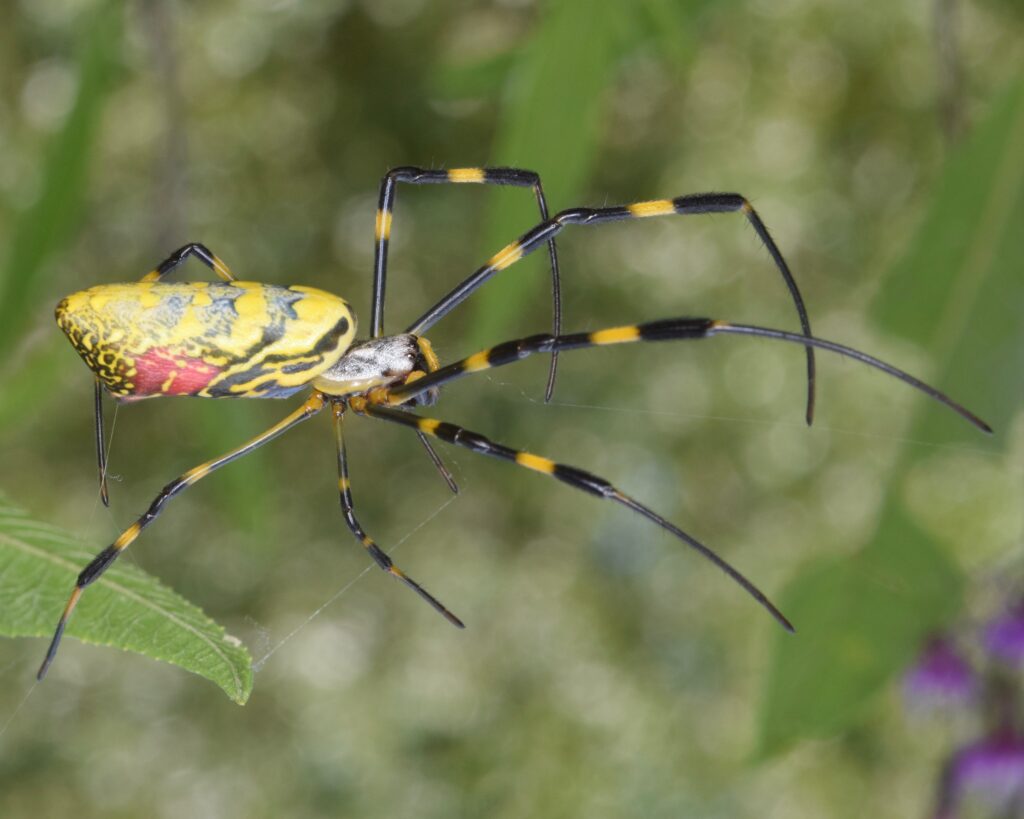
The Joro spider (Trichonephila clavata) presents a striking combination of golden-yellow stripes against a blue-black background, creating one of the most visually impressive orb-weavers in the world. Native to East Asia but recently established in parts of North America, these large spiders can reach leg spans of up to 10cm, making their vibrant coloration all the more impressive and visible from a distance. Females display the most dramatic coloration, with their abdomens featuring geometric patterns of yellow, blue, and red that serve as warning colors to potential predators. Their webs, which can span several meters, often shimmer with a golden hue in sunlight due to the distinctive yellow pigmentation in their silk—creating entire structures that complement their personal coloration. Despite their intimidating appearance, Joro spiders possess only mild venom and generally avoid human contact, focusing instead on capturing flying insects in their enormous golden webs.
The Science of Spider Color Production
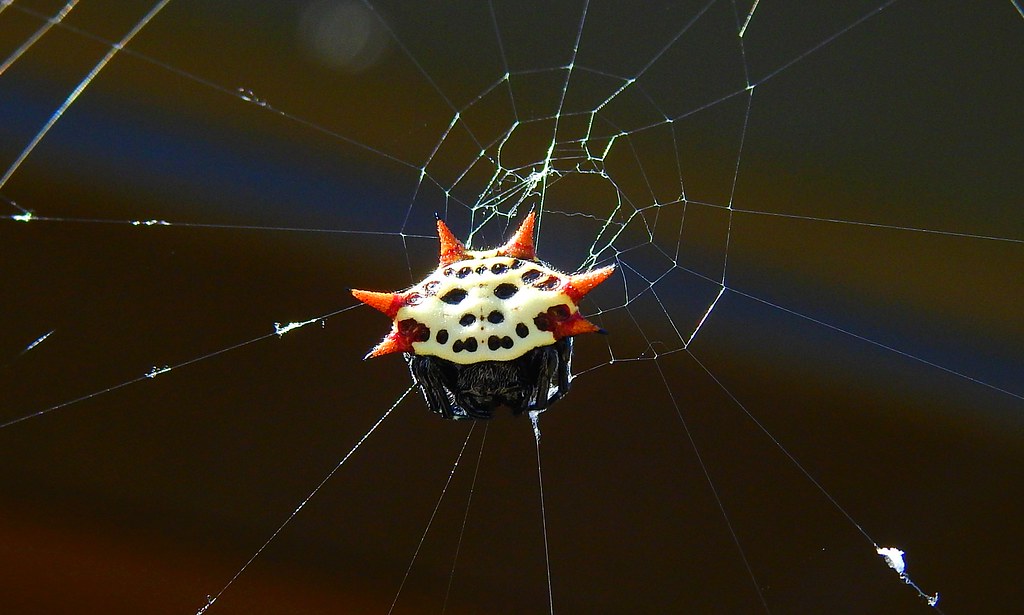
Spider coloration arises through two primary mechanisms: pigmentary colors from chemical compounds in their tissues and structural colors created by physical light interactions with their exoskeletons. Pigmentary colors come from compounds like ommochromes (producing yellows, reds, and browns) and bilins (creating blues and greens), which the spiders synthesize or obtain through their diet. Structural colors, often responsible for the most vibrant and iridescent displays, result from specialized nanostructures that selectively reflect specific wavelengths of light—similar to how peacock feathers or butterfly wings create their shimmering appearances. Many of the most colorful spiders combine both mechanisms, layering structural colors over pigmented backgrounds to create complex, multi-dimensional visual effects that change with viewing angle. This sophisticated color production allows spiders to create hues that would be impossible through pigments alone, including the metallic blues and greens that make certain species so striking.
The Happy Face Spider: Nature’s Emoji
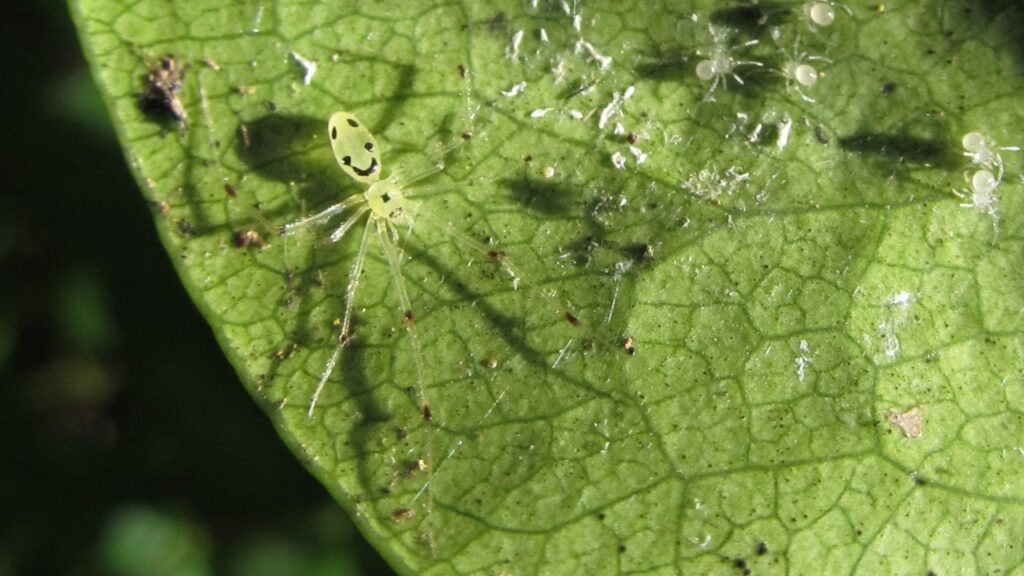
The Happy Face Spider (Theridion grallator), endemic to the Hawaiian islands, features one of nature’s most whimsical color patterns—a yellow abdomen adorned with markings that remarkably resemble a smiling face. This tiny spider, measuring just 5mm across, displays extraordinary pattern polymorphism, with different individuals showing various “face” designs ranging from simple dots to complex patterns that eerily resemble cartoon expressions. Scientists believe this remarkable variation evolved as a defense mechanism against predators who might otherwise learn to recognize and target a single consistent pattern. The happy face markings appear predominantly on females, with males typically showing more subdued coloration—suggesting the patterns may serve additional purposes related to mate selection or species recognition. Despite their cheerful appearance, these spiders live secretive lives on the undersides of leaves in Hawaii’s rainforests, where their bright yellow bodies help them hide among similarly colored foliage.
The Ladybird Spider’s Crimson Warning

The Ladybird Spider (Eresus sandaliatus) represents one of Europe’s most striking arachnids, with males displaying a brilliant red abdomen adorned with distinctive black spots that remarkably mimic the appearance of ladybird beetles. This mimicry serves as a powerful form of Batesian mimicry, where the harmless spider gains protection by resembling toxic ladybirds that predators already know to avoid. Males develop their vivid coloration only upon reaching maturity, when they emerge from underground burrows to search for females—spending their earlier life stages with dull coloration that provides better camouflage. Females, who remain in burrows throughout their lives, maintain a solid black coloration that helps them remain hidden while guarding their egg sacs. Though spectacularly colored, these spiders have become endangered across much of Europe due to habitat loss, making conservation efforts crucial to preserving these living jewels.
The Cobalt Blue Tarantula’s Electric Display
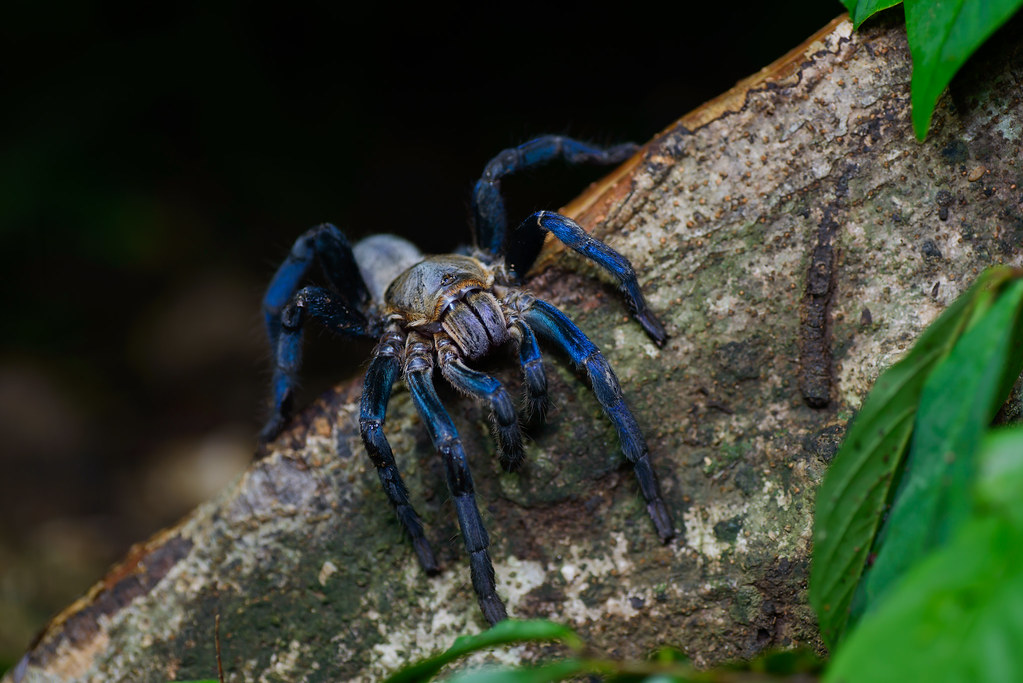
The Cobalt Blue Tarantula (Cyriopagopus lividus) mesmerizes observers with its intense, metallic blue legs and body that seem almost artificially colored due to their unnatural-looking vibrance. Native to Myanmar and Thailand, this striking tarantula combines its electric blue legs with a contrasting dark body, creating a color contrast that seems designed to capture attention. Unlike many colorful spiders whose hues serve obvious warning or mating functions, the evolutionary purpose behind the cobalt blue coloration remains somewhat mysterious, though it likely serves as a warning to potential predators. These tarantulas live in deep burrows in the wild, where their coloration would rarely be visible—suggesting the blue pigmentation might serve additional purposes beyond visual signaling, possibly including thermoregulation or UV protection. Despite their stunning appearance, these spiders have notoriously defensive temperaments and fast movements, making them challenging pets for tarantula enthusiasts who are nevertheless drawn to their unparalleled coloration.
Mirror Spiders: Nature’s Reflective Marvels
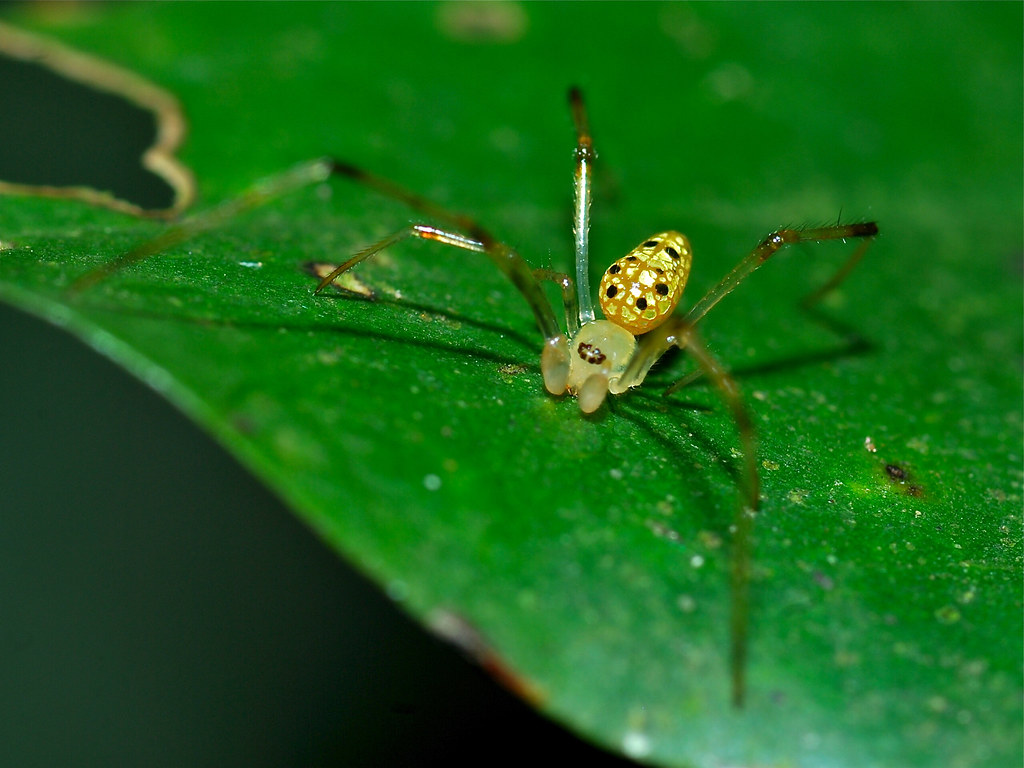
Mirror spiders (Thwaitesia genus) possess one of the most unusual color adaptations in the arachnid world—patches of reflective silvery deposits on their abdomens that resemble tiny mirrors or sequins. These specialized cells contain guanine crystals that create a silvery, mirror-like reflection capable of changing size depending on the spider’s condition and surroundings. When threatened, these spiders can actually manipulate these reflective patches, expanding them to create a dazzling display that may confuse predators or make the spider appear larger and more intimidating. Native to Australia and parts of Asia, these tiny spiders (typically measuring under 5mm) create an almost jewel-like appearance as they hang in their webs, with light bouncing off their reflective abdomens in all directions. The reflective patches also help these spiders regulate temperature by reflecting solar radiation, providing an adaptive advantage in their often sun-exposed habitats.
The Orchard Spider’s Translucent Beauty
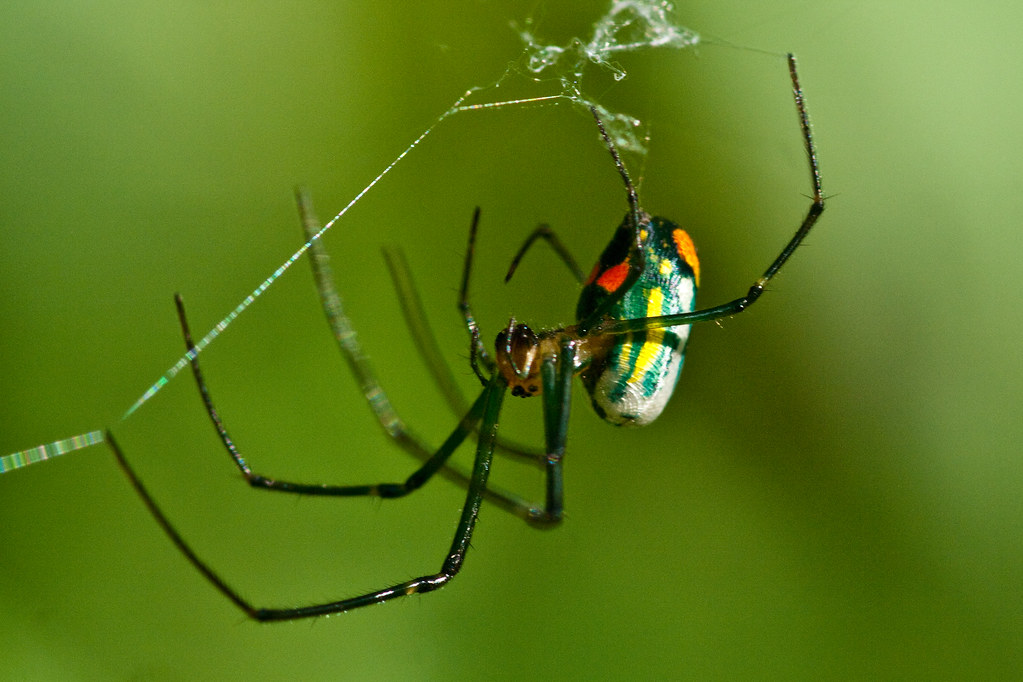
The Orchard Spider (Leucauge venusta) displays a remarkable combination of lime green, yellow, and silver coloration arranged in striped patterns across its elongated abdomen. What makes this spider particularly striking is the semi-translucent quality of its exoskeleton, which gives it an almost glass-like appearance as light passes through portions of its body. Found throughout North and Central America, these medium-sized orb-weavers construct their webs in horizontal orientations between plants, where their coloration helps them blend with dappled sunlight filtering through leaves. Their green and silver patterns create effective camouflage when viewed from above by bird predators, while simultaneously making them nearly invisible to insect prey approaching from below. Despite their delicate appearance and relatively small size (typically under 1cm), these spiders are efficient predators that use their vibrant coloration not just for protection but as an effective hunting adaptation in their leafy habitats.
Color-Changing Abilities in Crab Spiders
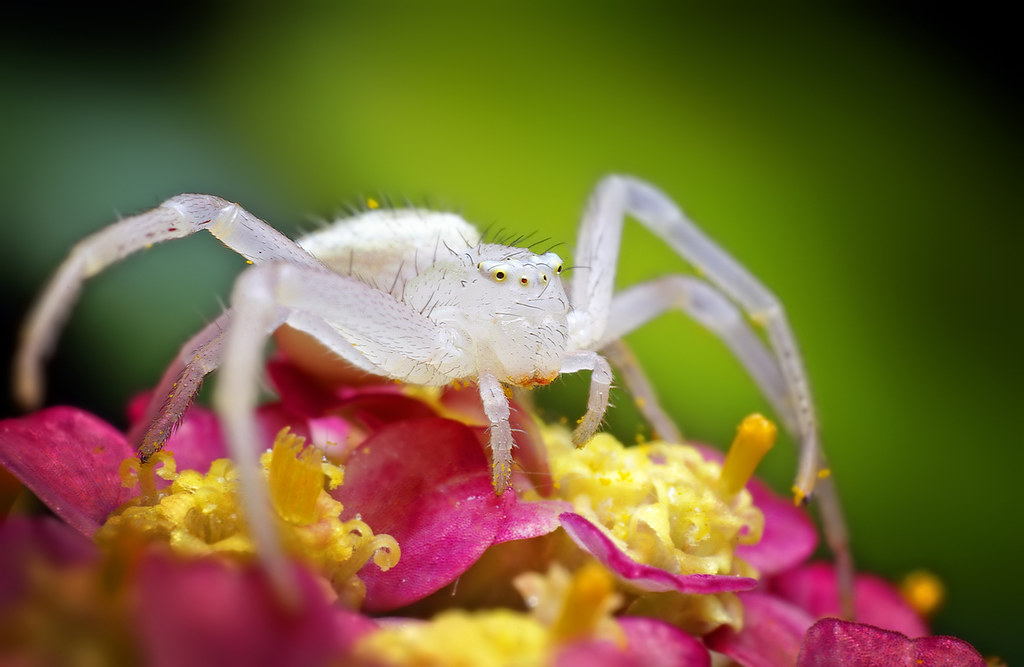
Crab spiders (Thomisidae family) demonstrate one of the most remarkable color adaptations in the spider world—the ability to gradually change their body color to match their surroundings. Species like the Goldenrod Crab Spider (Misumena vatia) can transform from bright yellow to white over several days, allowing them to hide effectively on different colored flowers where they ambush pollinating insects. This color change occurs through the production and distribution of specific pigments in specialized cells called chromatophores, which can expand or contract to reveal different colored layers beneath the spider’s transparent exoskeleton. The transformation process typically takes 3-10 days, depending on the temperature and the magnitude of color change required to match their new hunting ground. This remarkable adaptation allows these spiders to hunt successfully on a variety of flowering plants throughout the season, essentially giving them “chameleon-like” capabilities that few other arthropods possess.
Conservation Challenges for Colorful Spiders

Despite their biological importance and visual appeal, many of the world’s most colorful spider species face significant conservation challenges that threaten their continued existence. Habitat destruction represents the primary threat, with rainforest deforestation, urbanization, and agricultural expansion eliminating the specialized environments many colorful spider species require. Climate change further compounds these challenges by altering temperature and precipitation patterns in ways that can disrupt the delicate ecological balances these spiders depend upon. The exotic pet trade targets certain colorful species, particularly vibrant tarantulas, sometimes leading to unsustainable collection from wild populations already under environmental pressure. Conservation efforts face additional challenges due to the general public’s arachnophobia and lack of awareness about spider diversity, making it difficult to generate support for protection initiatives compared to more charismatic endangered animals like pandas or tigers.
Photographing Nature’s Colorful Arachnids

Capturing the true brilliance of colorful spiders presents unique challenges that have spawned specialized macro photography techniques developed specifically for these small but vibrant subjects. Successful spider photography typically requires dedicated macro lenses capable of at least 1:1 magnification, paired with specialized lighting setups—often involving diffused flash or ring lights—that can illuminate these tiny subjects without creating harsh reflections off their often glossy exoskeletons. Patient photographers must understand spider behavior to anticipate movements and capture natural poses, often spending hours observing a single specimen to document behavioral sequences or specific color displays. Ethical spider photography prioritizes minimal disturbance to the subjects and their habitats, avoiding harmful practices like refrigerating spiders to slow their movements or removing them from their natural environments. The resulting images have played a crucial role in public education and appreciation, transforming how many people view these often misunderstood creatures by showcasing their extraordinary colors and complex behaviors.
Conclusion
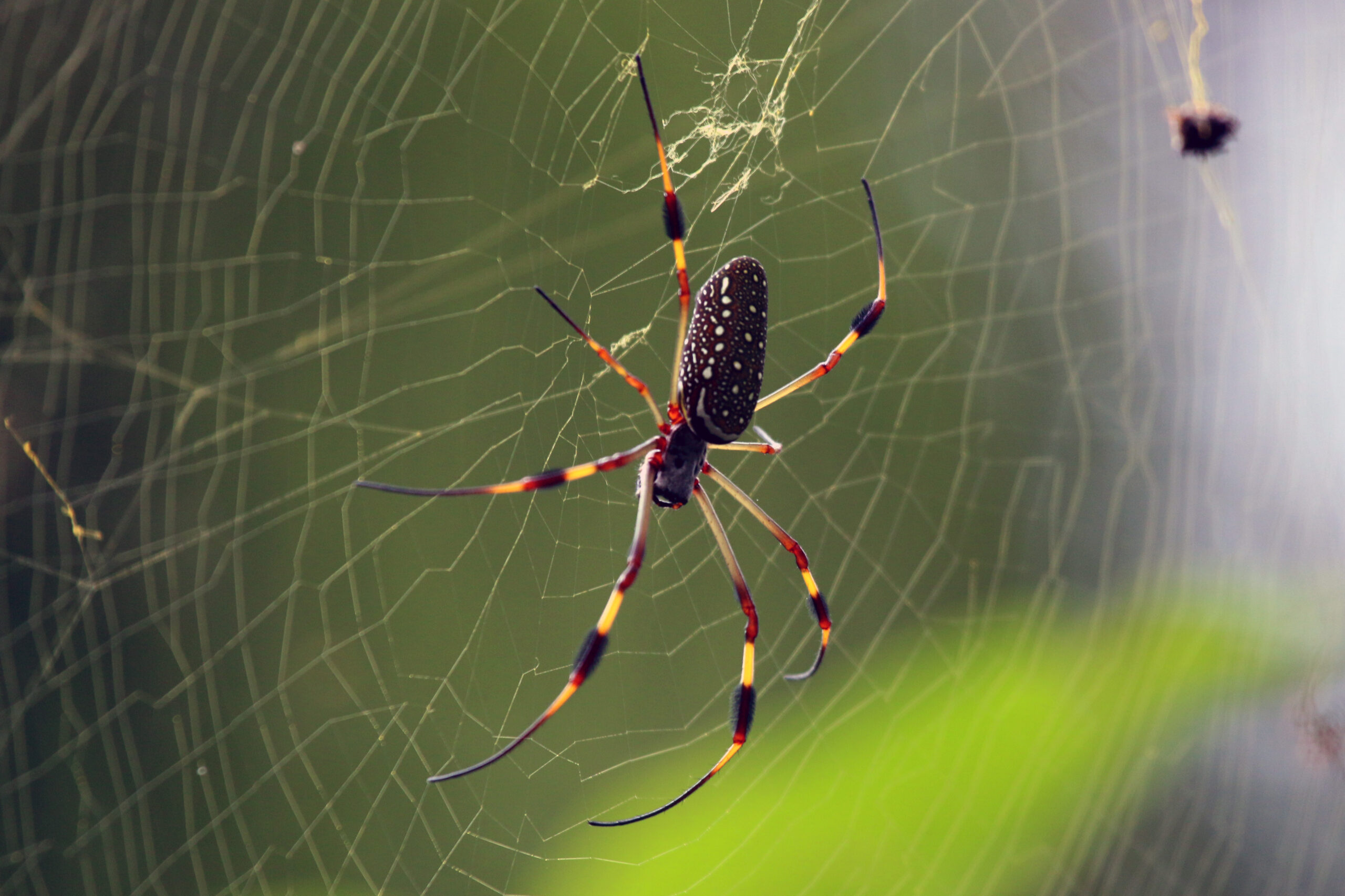
The world’s most colorful spiders represent extraordinary examples of evolutionary adaptation, where vibrant hues and patterns serve crucial functions beyond mere decoration. From the dancing peacock spiders of Australia to the mirror-adorned abdomens of Thwaitesia, these arachnids demonstrate nature’s capacity for creating beauty with purpose. Their colors serve as communication systems, defensive mechanisms, hunting adaptations, and even thermoregulatory tools—each species evolving its unique palette to address specific environmental challenges. As we continue to discover and document more of these living jewels, we gain deeper insights into the complex relationships between appearance, behavior, and survival in the natural world. Perhaps most importantly, these dazzling spiders offer compelling reasons to look beyond common arachnophobia and appreciate the extraordinary diversity and beauty of creatures that have perfected the art of color over millions of years of evolution.

